Frederica Freyberg:
Commissioner Nickel just spoke about his department’s prediction of rate increases for consumers buying health care in the federal exchanges. One state watchdog group made headlines this week challenges those predicted cost hikes claiming the figures were, quote, Unverifiable numbers meant to scare the public. The executive director of that group, Citizen Action of Wisconsin, is Robert Kraig. He joins us from Milwaukee, and thanks very much for doing so.
Robert Kraig:
Glad to be here. Thank you.
Frederica Freyberg:
So why are you taking issue with the figures out of the insurance commissioner’s office on the cost of these health care insurance plans in the exchange?
Robert Kraig:
Well, we’ve been concerned for a while this would happen in states like Ohio, Indiana and Georgia, where the governors opposed health care reform. They put out the numbers in a way to scare the public. So we've actually been trying to do educate the media about this. In fact, the media did a good job of being very critical about what was released. What was released was not the rates at all. That's what we expected. It was just percentage increases. We’re not sure what’s being compared to what. What’s clear is that does not include the tax credits, which will make it much more affordable, will reduce costs by for premiums by 33% to 77%. In addition, it does not look at the quality of the plans. 40% of plans sold directly to consumers in Wisconsin for health care are substandard, don’t meet the standards of the health care reform law. If you have better coverage, your medical costs go down, when you actually have care. So that premium isn't the issue. And that does not look at all of what the question– We're going from a system based on discrimination, where they can deny coverage, carve out parts of the body, charge Some are charging rates based on preexisting conditions, to one where everyone is covered no matter what and can’t be charged a higher rate based on gender or health condition. So it’s of higher value. It's a better value proposition. So these percentages, which we think are doubtful in the first place, don’t really measure what’s going on in terms of cost to consumers or value to consumers.
Frederica Freyberg:
Now, I do know that the Kaiser Foundation looked at insurance plans in the exchange in, I think it was, 17 states, not including Wisconsin, and suggested that they thought that they are generally lower than expected. Now, notwithstanding what we’ve seen in these percentages out of the insurance commissioner’s office, what is our expectation here in Wisconsin as to whether we will also potentially be lower than expected?
Robert Kraig:
Well, we know that there will be more volatility in a state like Wisconsin where the market is very unregulated. That means there's more discrimination. So there’s more of a transition problem, a lot of people from BadgerCare being forced into it by Governor Walker and a lot of people from the high-risk pool. We have a large high-risk pool. But we do know that it’s going to lower costs for anyone who is older, generally, or has health conditions. There are some younger people who would pay more. There's no question of that, early on, but they’re getting coverage that can never be taken away from them no matter what as they age. So it's better coverage. They also have other options, like catastrophic policies if you're in your 20’s, and staying on your parents’ policies, which is another provision of the Affordable Care Act. So we think there will be some people who will see higher rates. A lot of people will see lower rates. But there will be better value all across, for everyone.
Frederica Freyberg:
So are we expecting a little bit of sticker shock then, here in Wisconsin, when they finally go online and comparison shop?
Robert Kraig:
There will be a few people where that may happen, because there’s a whole sorting out. But they’ll be getting better coverage that can’t be taken away from them. We actually made an open records request today to ask for the real numbers that haven't been released. Because we think it’s a disservice to the public to kind of scare them going into this really important period, enrollment, which begins October 1. The public needs solid information to know all the choices they’re going to have. They don't need scare tactics.
Frederica Freyberg:
Are we slow to release those figures? Because I know that I just read Minnesota has released the cost of their plans.
Robert Kraig:
A lot of states have released the plans. A lot of them did it in July and August. So, yeah, we seem to be slow. We were supposed to release them August 2. They were held. And then Tuesday we had just these percentages released, which are confusing. We don't even know what's being compared to what. So it really looks to us like it’s more of an effort to ding up the Affordable Care Act, scare consumers. The idea is to actually educate them as they enter this crucial enrollment period October 1.
Frederica Freyberg:
All right. Robert Kraig, thanks very much for joining us.
Robert Kraig:
Thank you very much for having me.
Search Episodes
News Stories from PBS Wisconsin

Donate to sign up. Activate and sign in to Passport. It's that easy to help PBS Wisconsin serve your community through media that educates, inspires, and entertains.
Make your membership gift today
Only for new users: Activate Passport using your code or email address
Already a member?
Look up my account
Need some help? Go to FAQ or visit PBS Passport Help
Need help accessing PBS Wisconsin anywhere?

Online Access | Platform & Device Access | Cable or Satellite Access | Over-The-Air Access
Visit Access Guide
Need help accessing PBS Wisconsin anywhere?

Visit Our
Live TV Access Guide
Online AccessPlatform & Device Access
Cable or Satellite Access
Over-The-Air Access
Visit Access Guide
 Passport
Passport

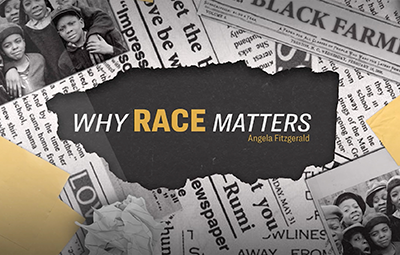



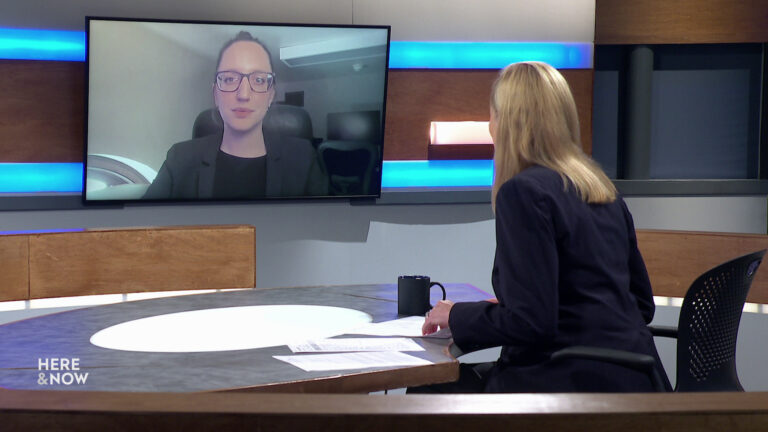

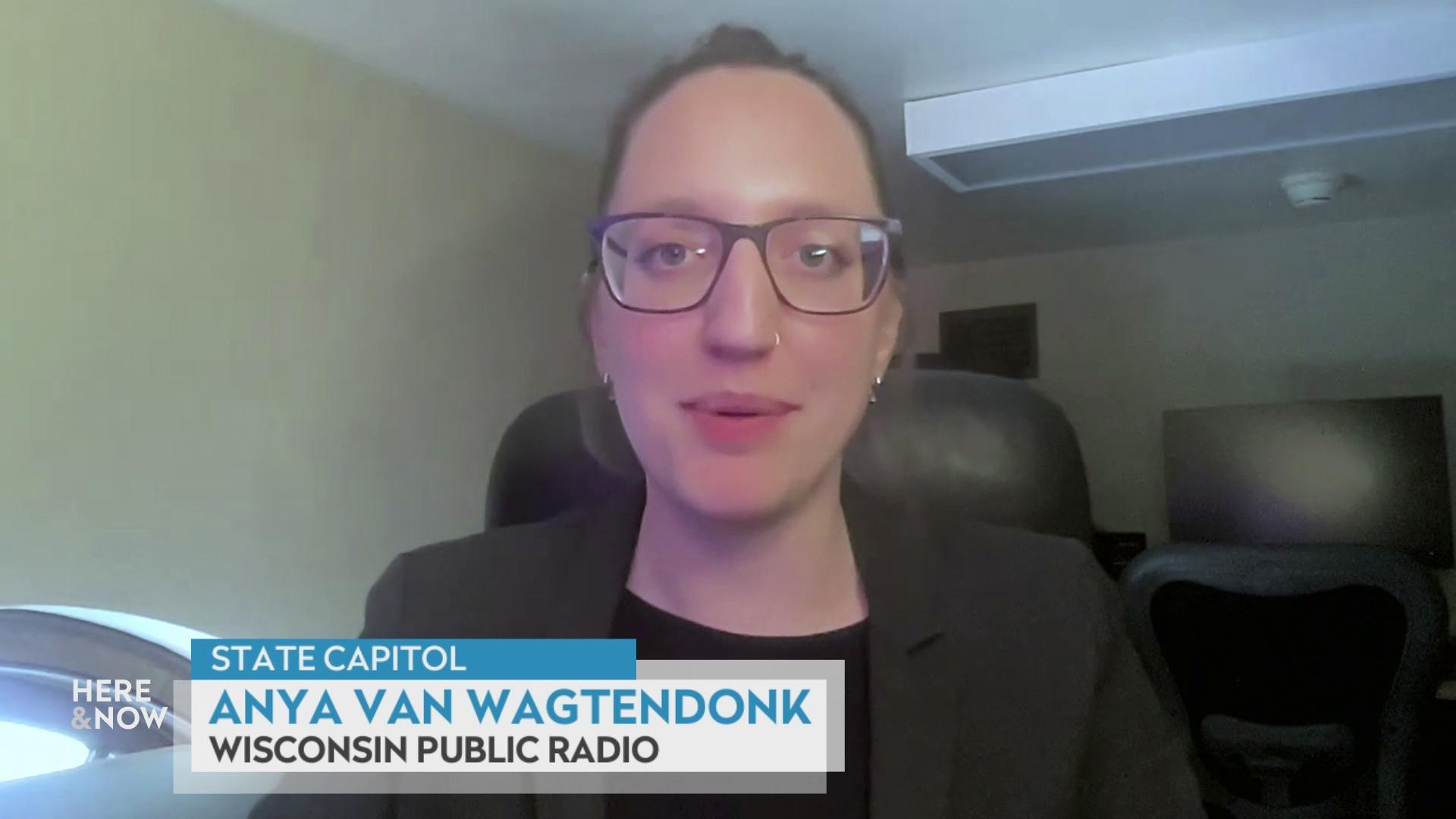
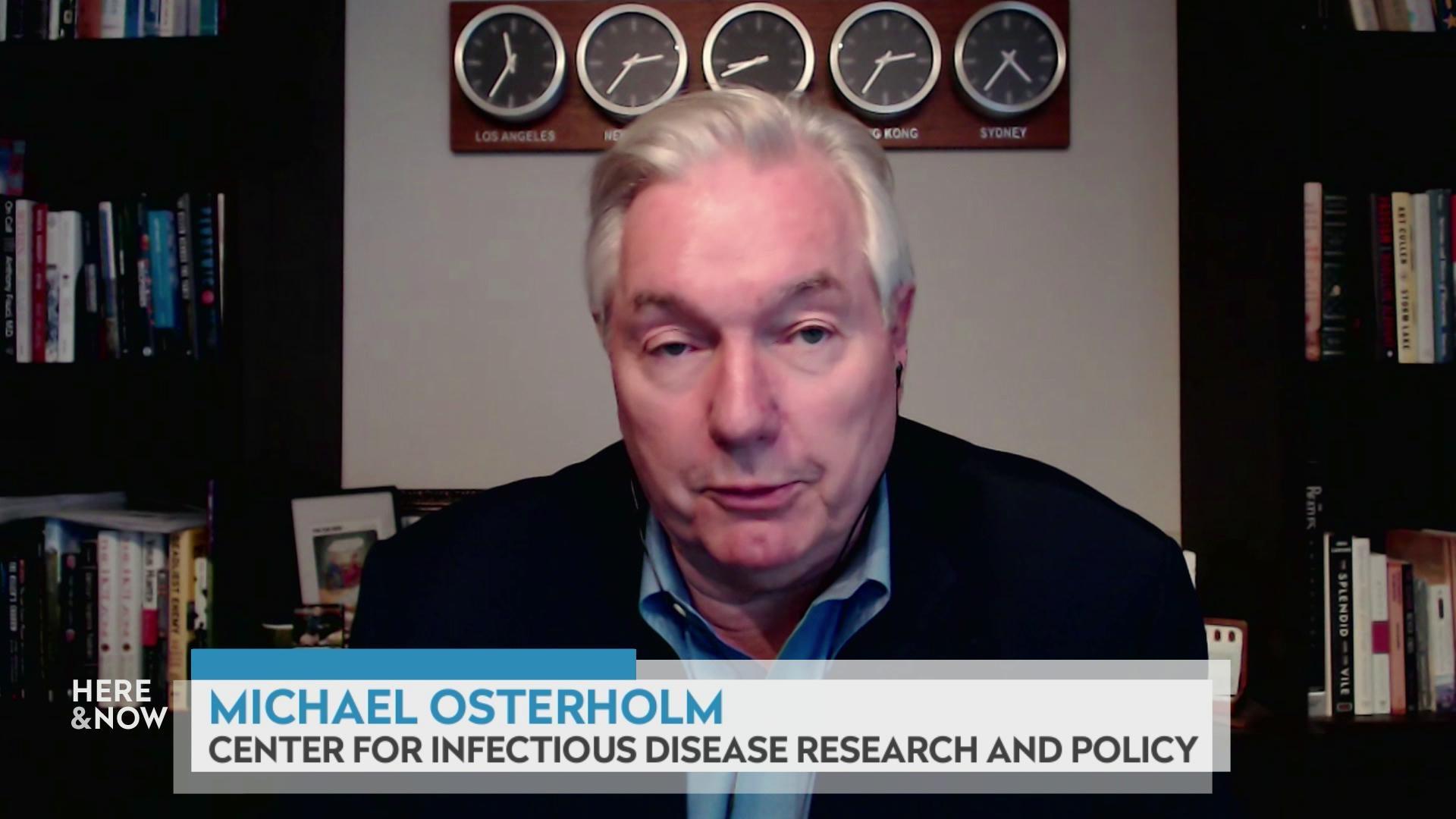


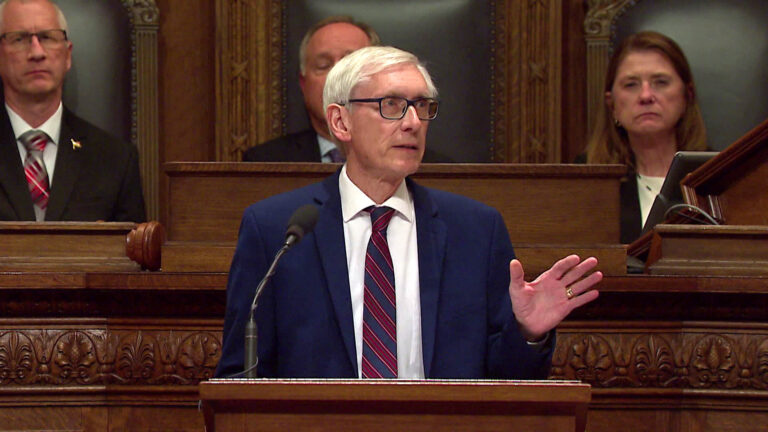
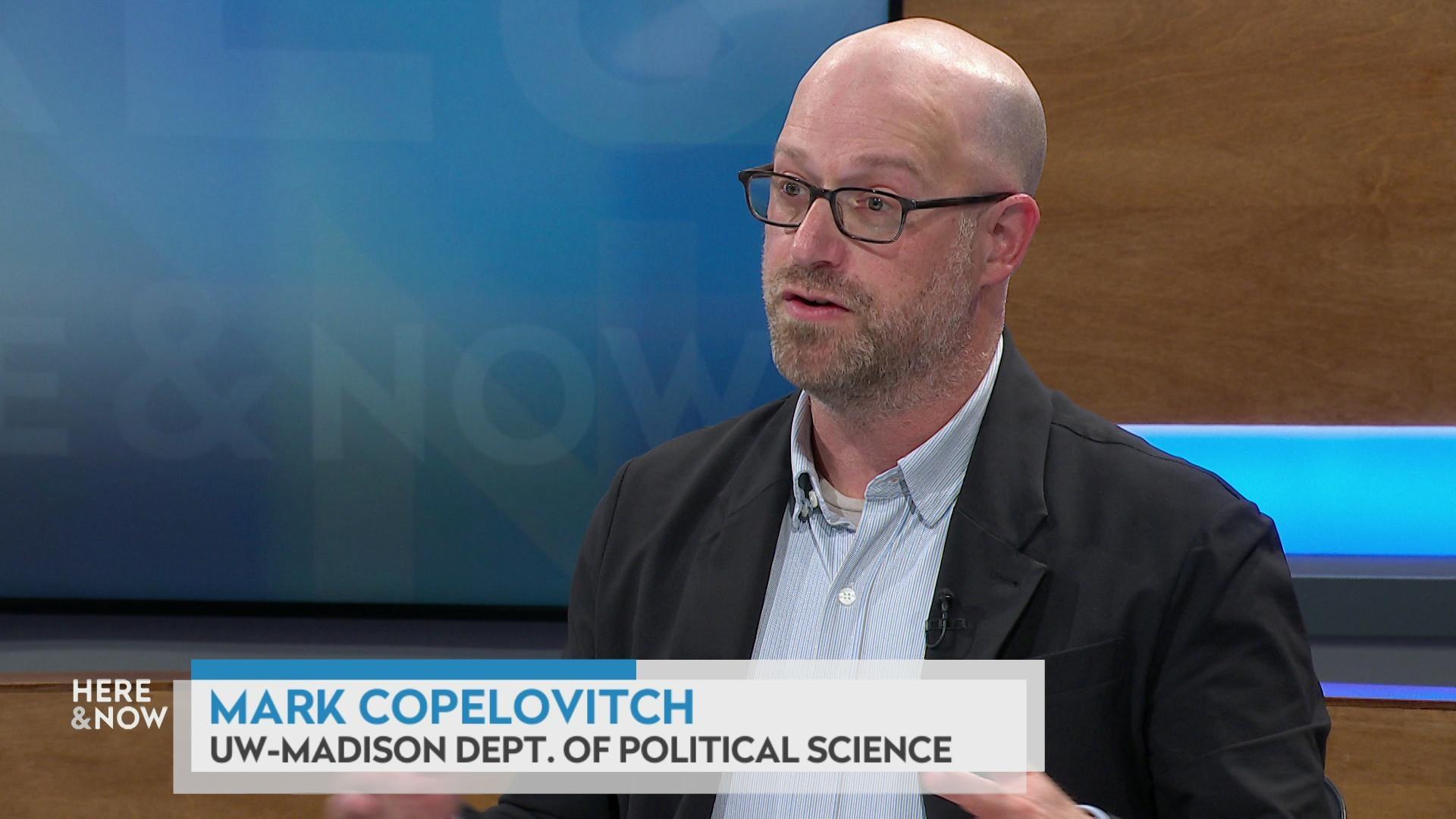
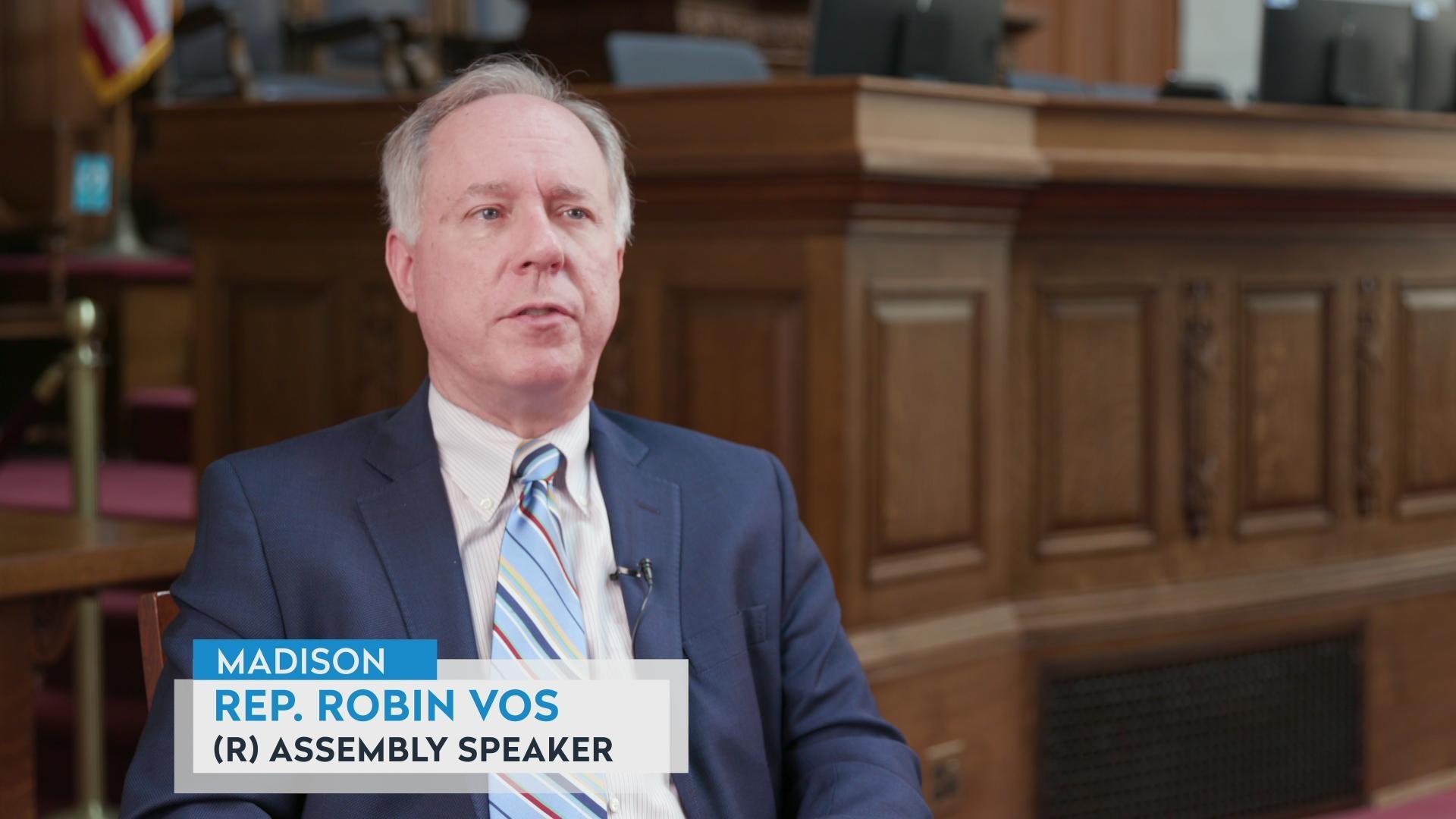
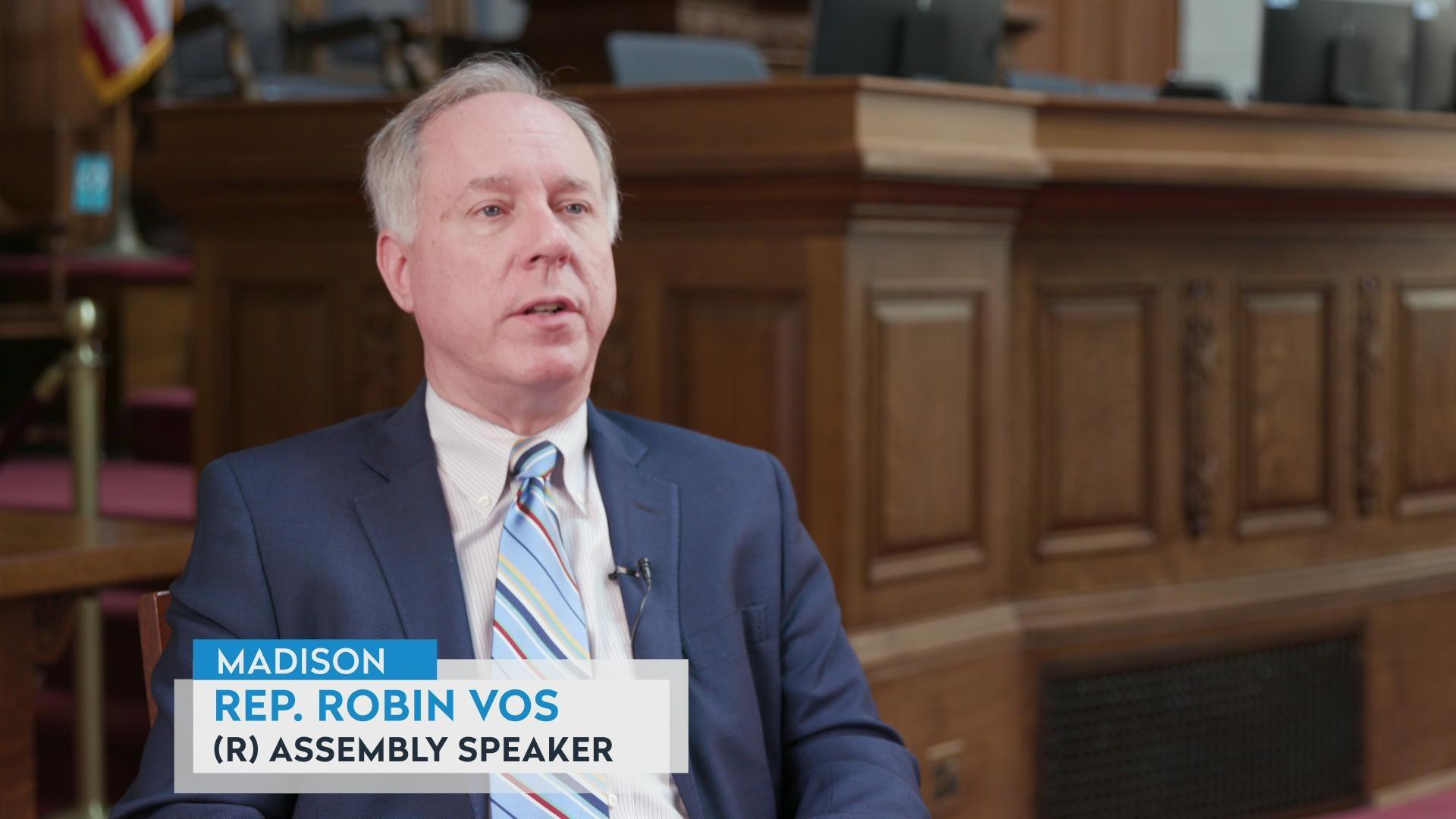
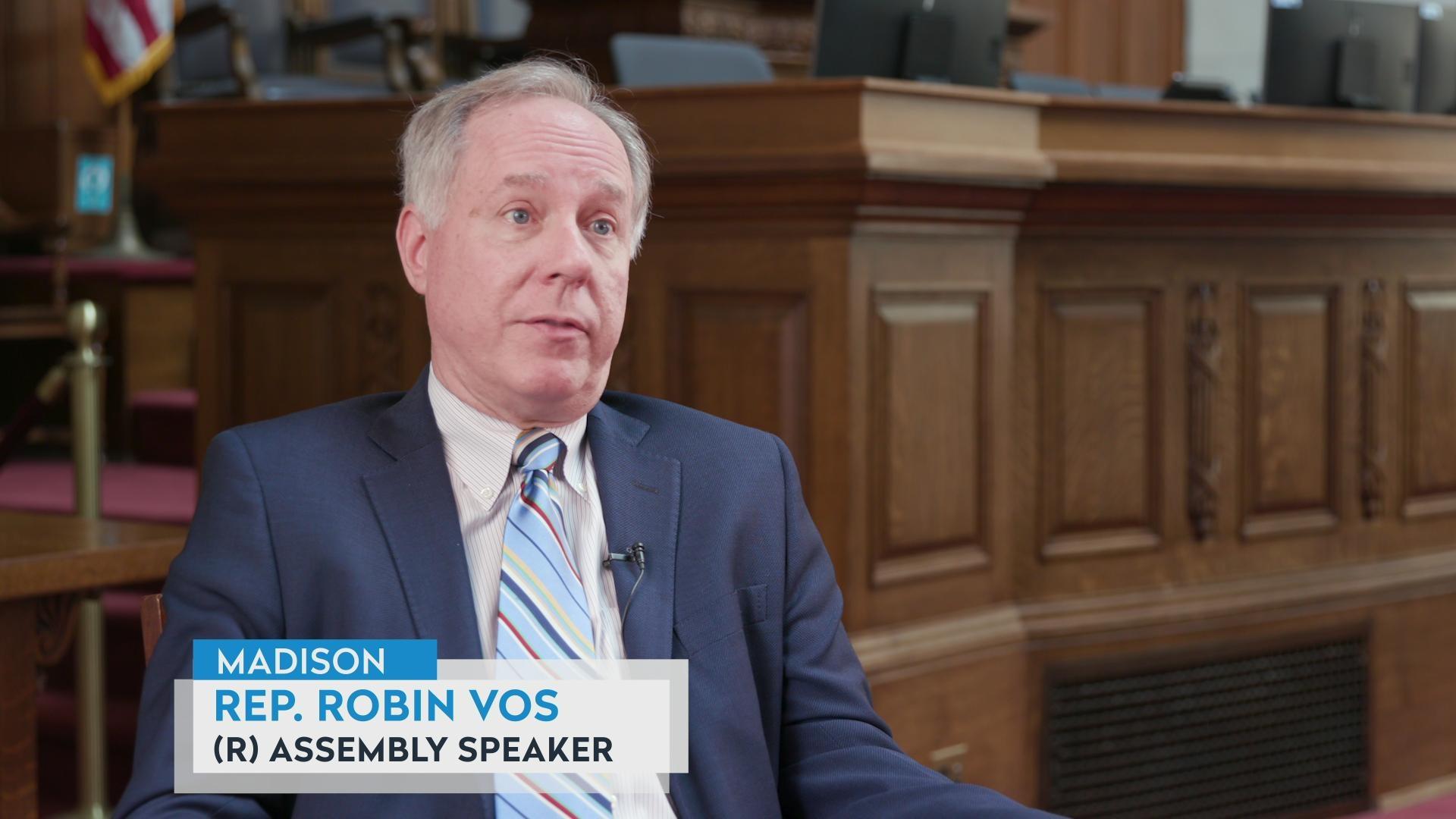


Follow Us